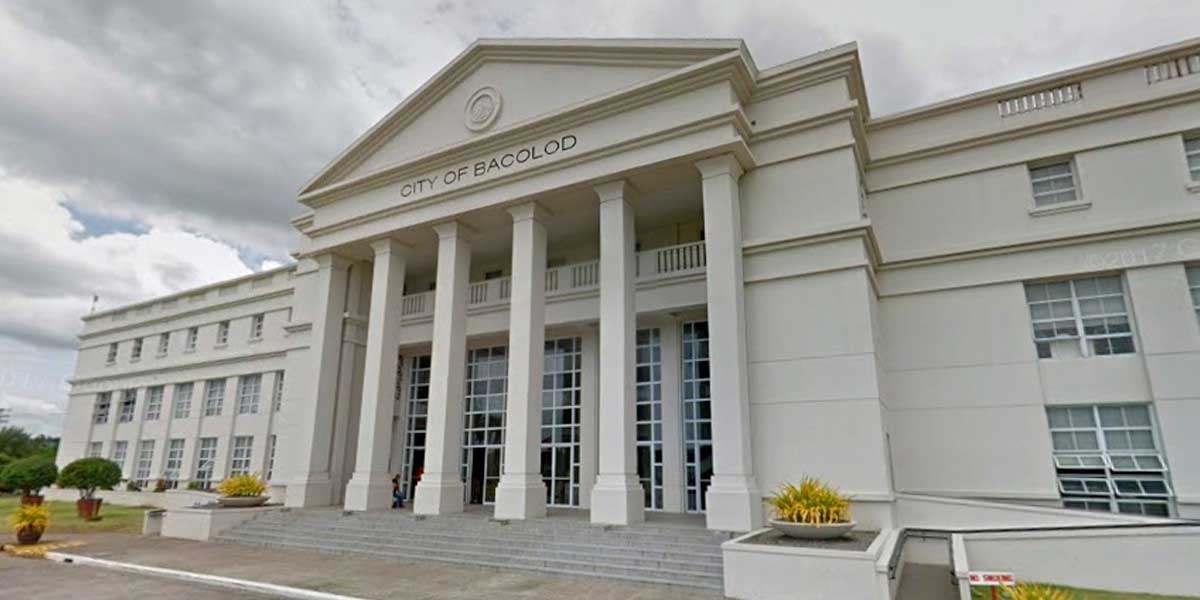The Bangko Sentral ng Pilipinas (BSP) is expected to consider trimming interest rates in the latter half of 2024, as stated by ING Philippines Senior Economist Nicky Mapa.
During ING’s annual briefing, Mapa predicted the BSP’s monetary policy direction to remain hawkish in the near term due to inflation targets being met, with potential rate cuts aligning closely with the US Federal Reserve’s (Fed) movements.
The potential for a rate cut by the BSP hinges on the Fed’s actions, with speculation of a 50 to 75 basis points adjustment.
The Fed maintained interest rates at a 22-year high during its December session and has signaled the possibility of three rate reductions in 2024.
Meanwhile, the BSP has held the country’s benchmark reverse repurchase rate steady at 6.5 percent in its first meeting of the year.
ING Asia Pacific Head of Research Rob Carnell anticipates the Fed to initiate aggressive rate hikes beginning in May, dismissing the likelihood of a March hike.
Despite current restraint, Carnell did not entirely dismiss the possibility of future Fed rate increases, especially if inflation trends downwards mid-year, but then reverses course in the latter half.
The BSP’s decision will be pivotal as the Philippine economy navigates the post-pandemic landscape. After missing the government’s growth target with a 5.6 percent expansion in 2023, the BSP’s rate decisions in 2024 will have significant implications for the economy’s trajectory.
A rate cut could stimulate capital inflation, which Mapa suggests might lead to an uptick in capital formation, as was observed after the rate cuts in 2019.
The country’s economic performance in 2023 was characterized by a notable 11.2 percent increase in gross capital formation, although this was juxtaposed with a contraction in government spending by 1.8 percent.
Household final consumption also saw a year-on-year increase of 5.3 percent in the fourth quarter, contributing to the overall economic activity.
As the BSP weighs its options, the outcome will influence key economic indicators, including capital formation and household consumption. The central bank’s careful calibration of interest rates will be crucial in sustaining economic growth and achieving the government’s targets while keeping an eye on global monetary policy trends, especially those set by the Fed.
The Philippine economy expanded by 5.6 percent in 2023, missing the government target of 6 to 7 percent.
On the demand side, household final consumption grew year-on-year by 5.3 percent in the fourth quarter of 2023. Gross capital formation rose by 11.2 percent, but government expenses declined by 1.8 percent.





















